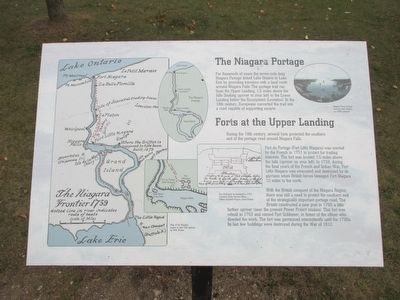Welcome to the Presidio de San Saba, a site steeped in the rich tapestry of Texas history. As you stand here, imagine the year is 1757. Spanish soldiers and Franciscan missionaries are establishing this frontier outpost in what was then the northern reaches of New Spain. The Presidio de San Saba was built to protect the nearby Mission Santa Cruz de San Saba and to secure the region from the fierce Comanche tribes who roamed these lands.
The presidio, essentially a fortified military settlement, was part of Spain’s broader effort to expand its influence into Texas and convert Indigenous peoples to Christianity. However, life here was challenging. The remote location made it difficult to sustain the garrison, and relations with the local tribes were often tense.
One of the most significant events in the history of the Presidio de San Saba occurred in March 1758, when the nearby mission was attacked by a force of over 2,000 Comanche and their allies. The attack was devastating, leading to the destruction of the mission and the loss of several lives. This event marked a turning point in Spanish-Native relations and highlighted the difficulties Spain faced in controlling and settling the region.
Over time, the presidio’s role evolved. It continued to serve as a military outpost but was ultimately abandoned by the Spanish in the late 18th century as they consolidated their forces elsewhere. The site was later used by various groups, including settlers and ranchers, but it gradually fell into disuse.
In the 20th century, efforts began to preserve the site as a historical landmark. Today, the Presidio de San Saba stands as a testament to the turbulent history of early Texas and the complex interactions between European settlers and Indigenous peoples. As you explore the site, consider the stories of the soldiers and missionaries who once lived here, striving to carve out a place in this rugged land.
The Presidio de San Saba is not just a relic of the past; it remains an important symbol of the cultural and historical dynamics that have shaped Texas. Its legacy continues to inspire efforts to understand and preserve the diverse narratives that define this region.


